Berenice Abbott is primarily known for her avant-garde leanings and her photos of changing New York, but in the late 1950s, she spent several years at the Massachusetts Institute of Technology, creating imagery for a new physics curriculum. Abbott thought photography was uniquely positioned for the job. “We live in a world made by science,” she stated in a manifesto. “There needs to be a friendly interpreter between science and the layman. I believe photography can be this spokesman, as no other form of expression can be.” Her MIT photos are featured in a three person show, “Images of Discovery: Communicating Science through Photography,” on view at The MIT Museum in Cambridge through the beginning of 2017. Her colleagues in the show are fellow MIT alumni Harold “Doc” Edgerton and Felice Frankel, who together have pushed the boundaries of what is possible see and understand by looking.
Edgerton, an inventor, photographer and professor of electrical engineering at MIT, is best known for his work in stroboscopy—his image of a crown of milk drops, stopped by high speed lights at a fraction of a second, revealed the gorgeous symmetry of an everyday event. The picture, shot against a lush red background became an icon, and is include along with photos Edgerton made in a range of fields, from the military to archeology and underwater exploration.
Felice Frankel is a science photographer and research scientist at the MIT Center for Materials Science and Engineering who makes images that promote the understanding of science through visual expression. For her image of ferrofluid, tiny, nanometer-sized particles of a magnetic mineral are suspended in liquid spread on a glass slide, with seven magnets beneath. Near the magnets, the ferrofluid particles are temporarily magnetized and form structures and act like a solid. Away from the magnets, the ferrofluid acts more like an ordinary liquid. In her image, the invisible forces that act on the materials are made legible and even beautiful.
The show includes a few notes from these photographers about their working process. Edgerton’s are terse: “Milk Drop exposures tonight,” he wrote in a notebook in January of 1957, along with a quick sketch. Abbott was more descriptive of an image of bubbles she took for Science Illustrated, where she worked as a photo editor in the 1940s. “It took at least three days and in a way it is a masterpiece of its kind… I set off a small flash underneath the glass pan holding the suds. I made many exposures and most of them came out mushy. The one finally worked, showing the structure of the suds perfectly.”
Related Stories:
How I Got That Grant: Keith Ellenbogen’s High-Speed Photography Adventure at M.I.T. (For PDN subscribers; Log in required)

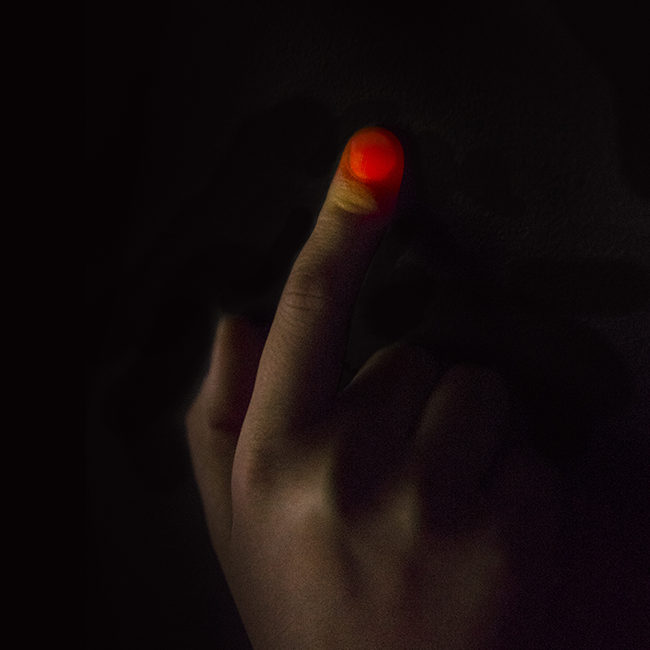
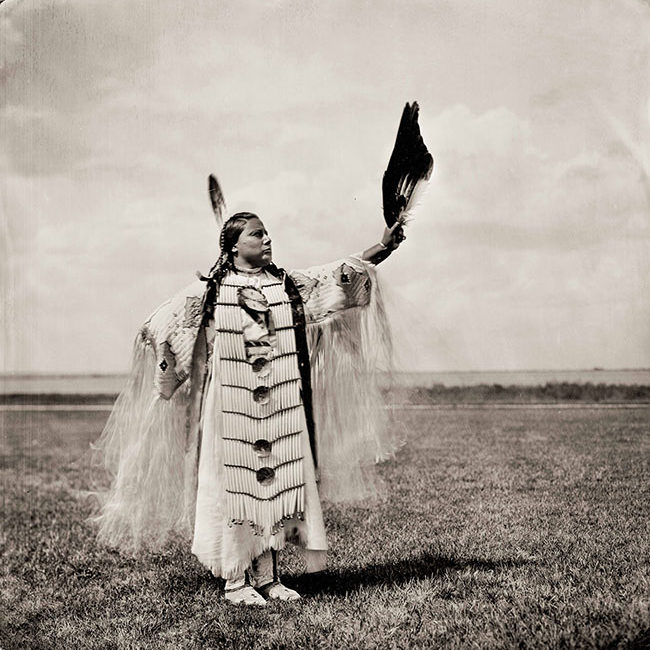
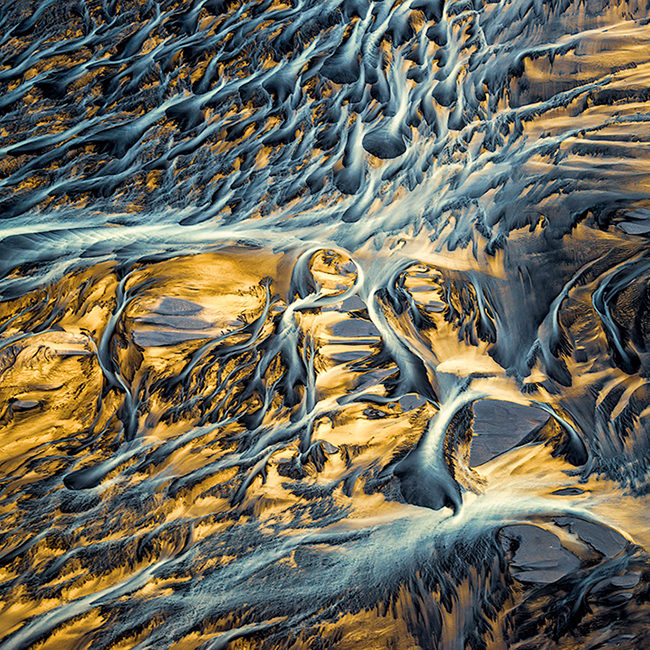
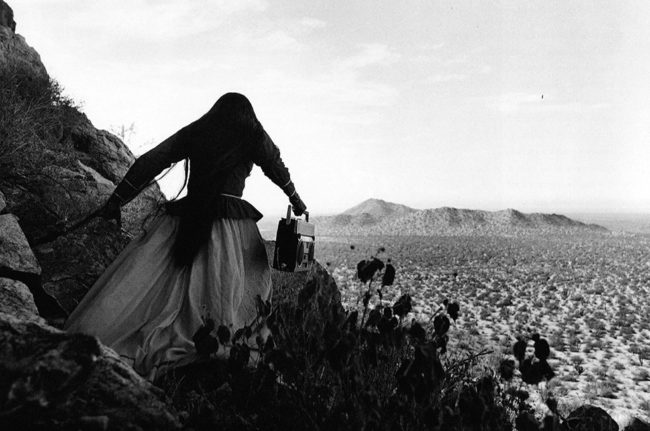

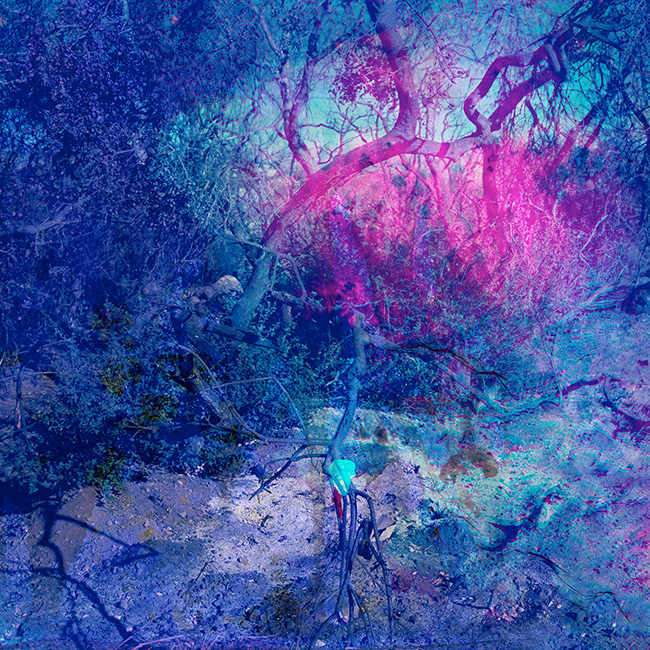
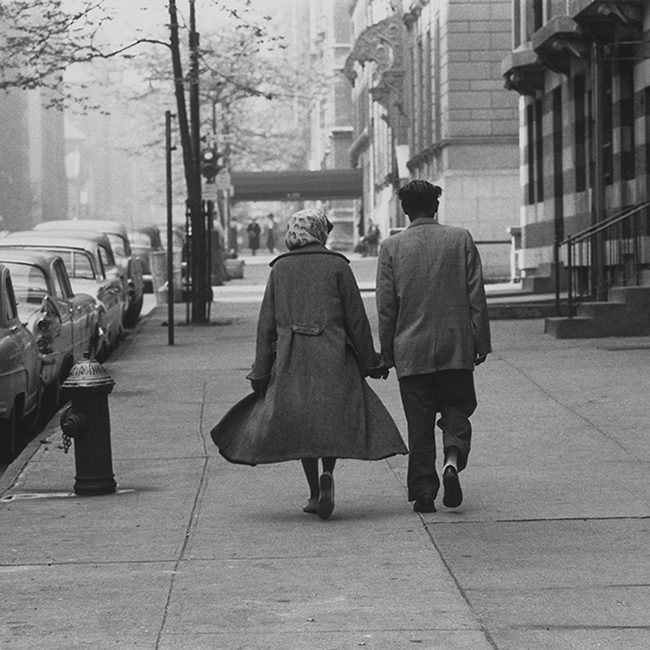




Your second photo above is incorrectly captioned. On my screen it shows ONE ball repeatedly bouncing off a horizontal surface and NOT two unequal-mass balls colliding.